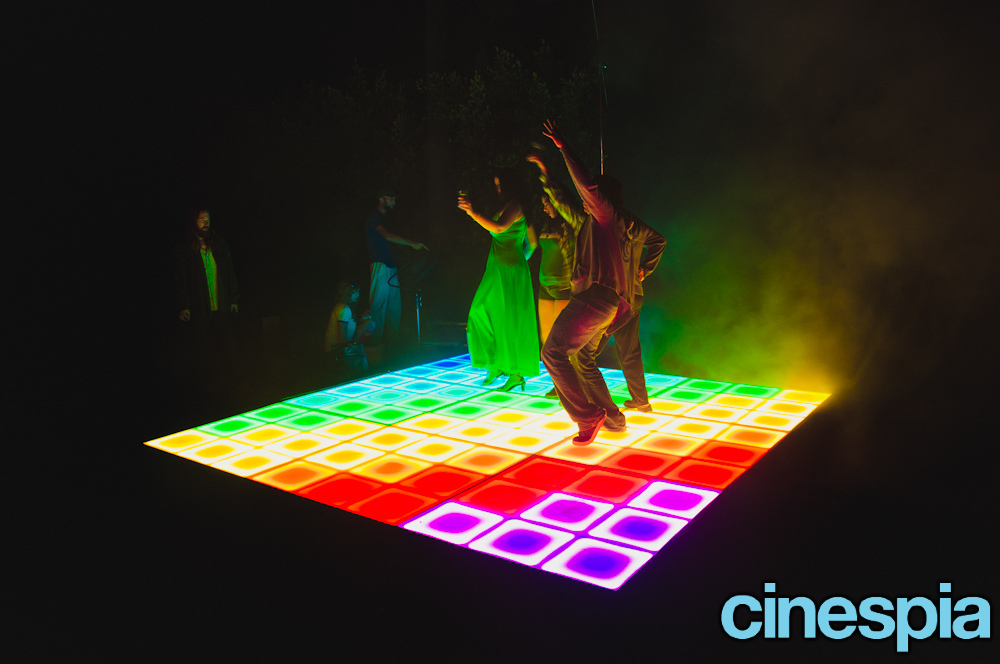Brightening Innovation Through Hue Theory within Illuminated Dance Surface Designs
Brightening Innovation Through Hue Theory within Illuminated Dance Surface Designs
Blog Article
Hue concept represents an crucial element of design, especially when it comes to designing LED dance floors. The interaction of hues can greatly influence the atmosphere and energy of a space. By grasping how hues work together, creators can craft an ambiance that improves the overall experience for participants. This piece examines the basics of color principles and its use in LED dance floor layouts.
The main hues are crimson, azure, and golden. These hues cannot be created by blending different colors together. Secondary colors, such as emerald, tangerine, and violet, are formed by combining main hues. Third-level colors are formed by combining a main hue with a intermediate hue. Grasping these fundamental connections helps creators choose colors that complement one another and create a aesthetically pleasing display. Combining these hues on an light-emitting diode dancing surface can lead to dynamic and stimulating outcomes that attract the focus of dancers.
Hue value also plays a crucial part in design. Hues can be classified as hot or chill. Warm look what i found colors, such as red, orange, and yellow, tend to evoke emotions of enthusiasm and warmth. In contrast, cool hues like azure, emerald, and purple typically generate a serene and soothing atmosphere. Designers can utilize these hue values to set the ambiance for different types of events. For example, a party atmosphere may gain from warm hues that invigorate the crowd, while a more relaxed occasion might use chill hues to provide a calming effect.
In furthermore to hue combinations and temperature, brightness and intensity are essential elements to take into account. Luminosity denotes to how light or dark a hue looks, while saturation measures the vividness of a hue. Bright, intense hues can create a vibrant and energetic environment, perfect for dancing surfaces. On the other hand, softer, lower intense colors can create a more subdued environment. Through manipulating brightness and intensity, designers can draw focus to particular sections of the dance surface or establish visual pathways, leading dancers through the check here venue.
Finally, it is essential to take into account the psychological effects of color in light-emitting diode dancing floor designs. Various hues can evoke different emotions and reactions. For example, crimson is frequently associated with passion and vitality, while azure can be calming and peaceful. Grasping these connections allows designers to tactically apply colors to influence the behavior of participants. Through incorporating color principles into light-emitting diode dance floor designs, creators can improve the total experience, making it unforgettable and pleasurable for everyone involved.